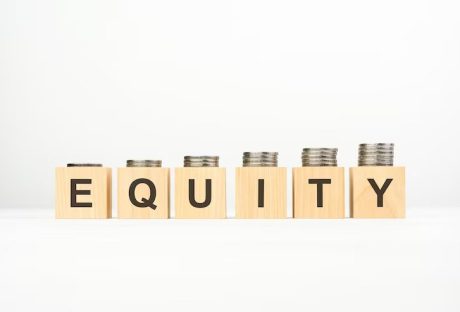No matter what route you take to the rental market, you’re making an exciting step in life. Many people believe that becoming a landlord is fail-proof. However, although the process can be both financially and mentally rewarding, there are downsides and potential pitfalls. Renting out a second property is ideally an investment and, as such, several risks come with it. As a result, you need to protect your investment and mitigate against risk. Here’s how you can do just that to make sure that you are getting returns for your investment.
Contents
1. Take Out Insurance Being The Landlord:
Traditional insurance doesn’t usually cover rental properties. As a result, you should take out specialist landlord insurance. As well as protecting your home in the same way traditional home insurance would, landlord insurance can protect you against other problems, such as unpaid rent or a tenant injuring themselves at your property. Get a company that offers the best insurance deals to landlords and insure your property with them.
2. Draw Up the Correct Contract:
The correct tenancy agreement can help you in case you need to evict a tenant or take action against them. The vast majority of rental agreements come to an amicable end, but there may be times when you need to evict your tenant. A correct tenancy agreement will provide you with the framework to issue either a Section 21 notice (giving them two months’ notice) or a Section 8 notice, which allows the person to seek possession under particular grounds such as rent regions and anti-social behaviour (more information on both of these notices can be found here). Make sure that the tenancy agreement that you craft will protect you under all circumstances.
3. Take A Security Deposit:
Taking a security deposit or a damage deposit (usually a month’s rent) allows you to protect you and your property against any breakages or damages. It is important to put these measures in place if you want to be sure that you are on the safe side.
You must place the deposit in a concern that is regulated by a government deposit scheme, such as the Deposit Protection Service, MyDeposits or the Tenancy Deposit Scheme. The deposit is then returned to the tenant at the end of the tenancy unless they fail to meet the terms of a tenancy agreement, cause damage to the property or fail to pay rent and bills.
4. Ensure There’s an Inventory:
Before your tenant moves in, you should complete an inventory of everything currently in the property. As well as listing everything currently in the property, you should also list its current state, including any dents, scratches or stains.
Once this is complete, you should have a walk around the property with the tenant. Then you can both confirm everything listed is present and the condition described is accurate. When this process has been completed, you should both sign and date the inventory.
5. Have a Financial Buffer:
Finally, you should ensure you have a financial buffer, in case you have to pay for running repairs. The costs for running a rental property can quickly stack up. Although you could take out an installment loan to finance any major payments, it’s advisable to have a pot of savings before you begin, in case you need to finance any running repairs.
Read Also:




















